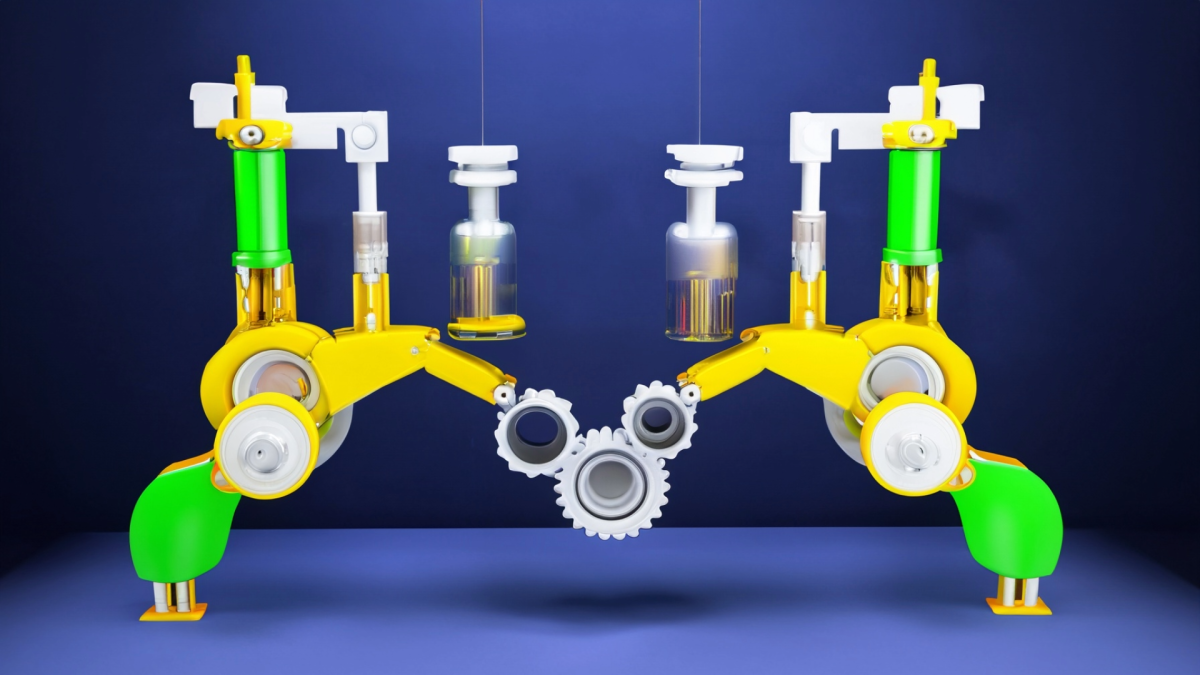

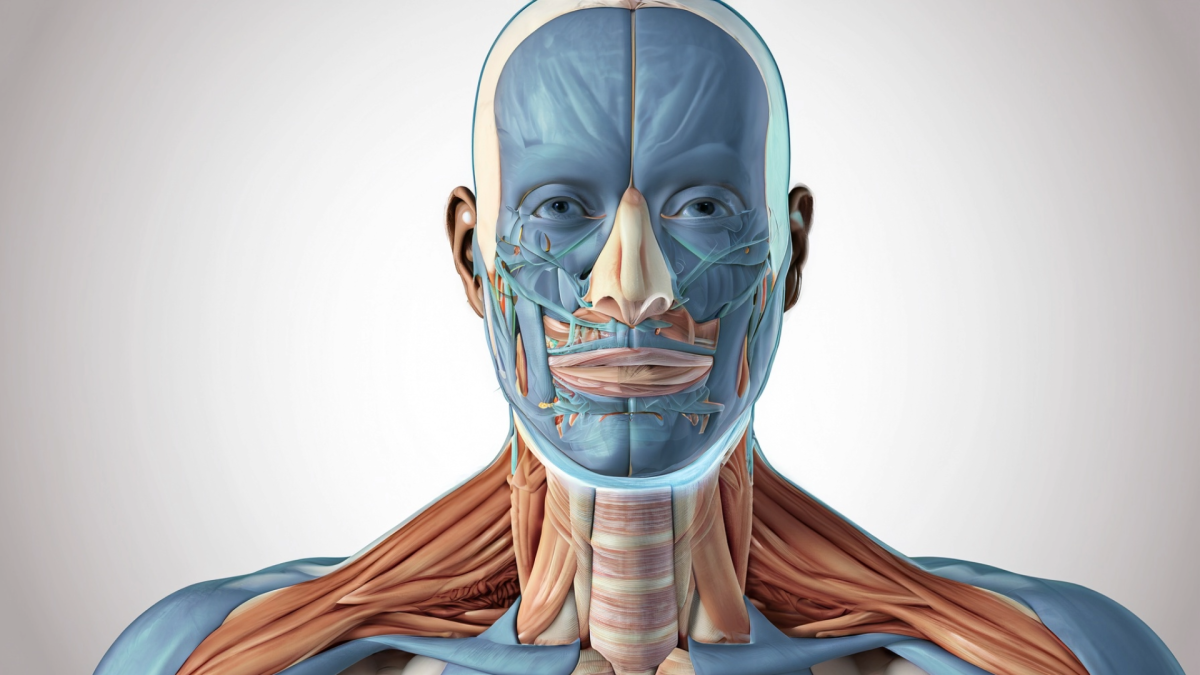
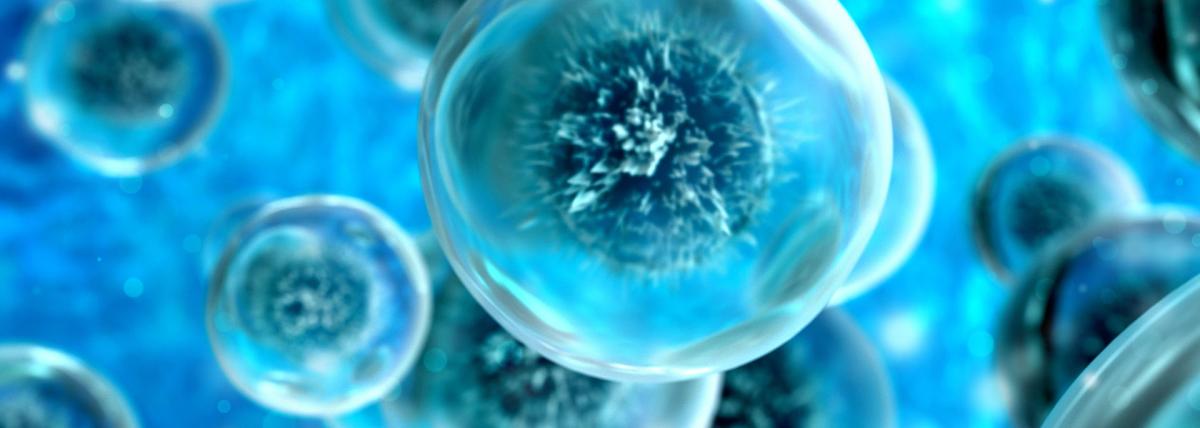
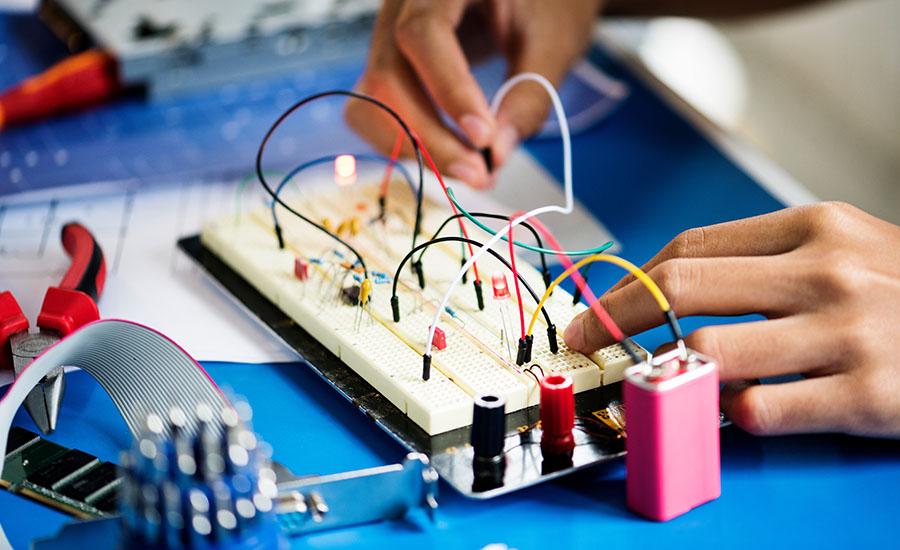

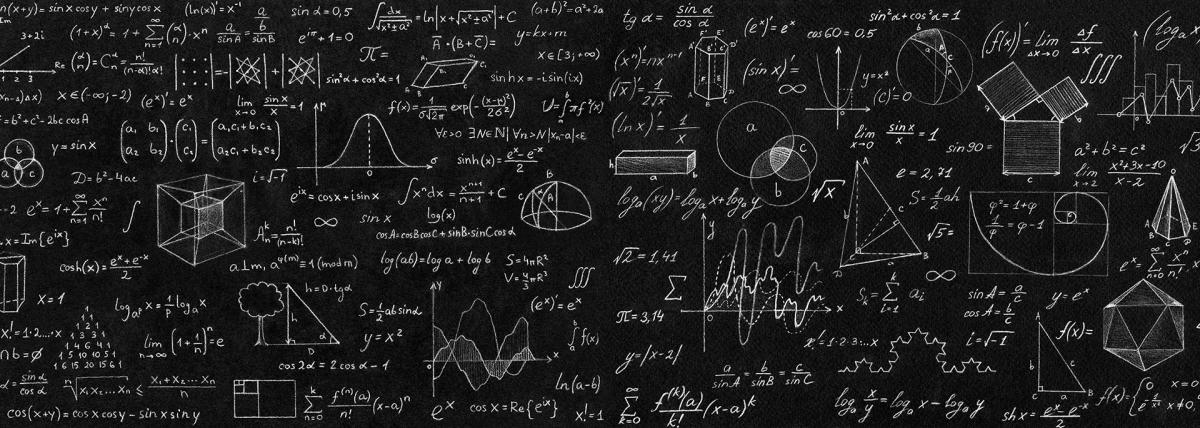
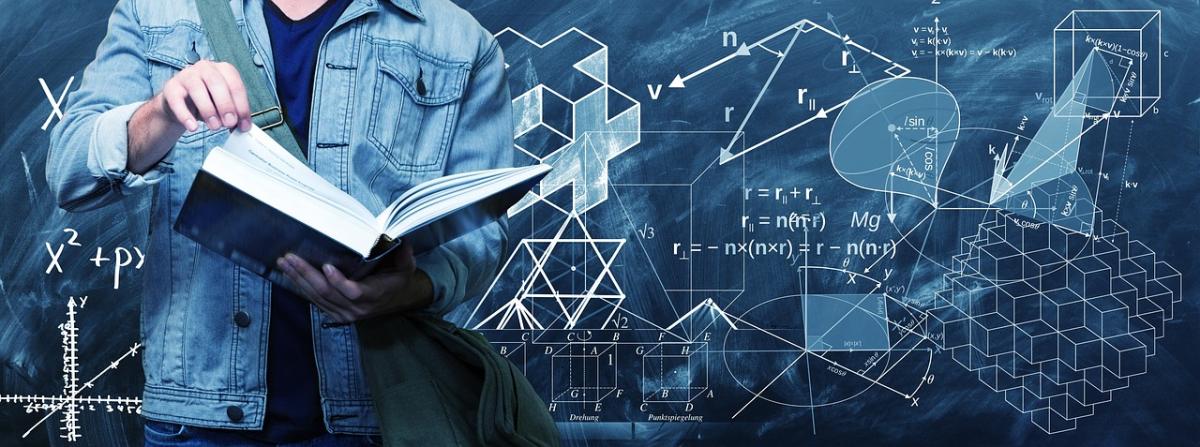


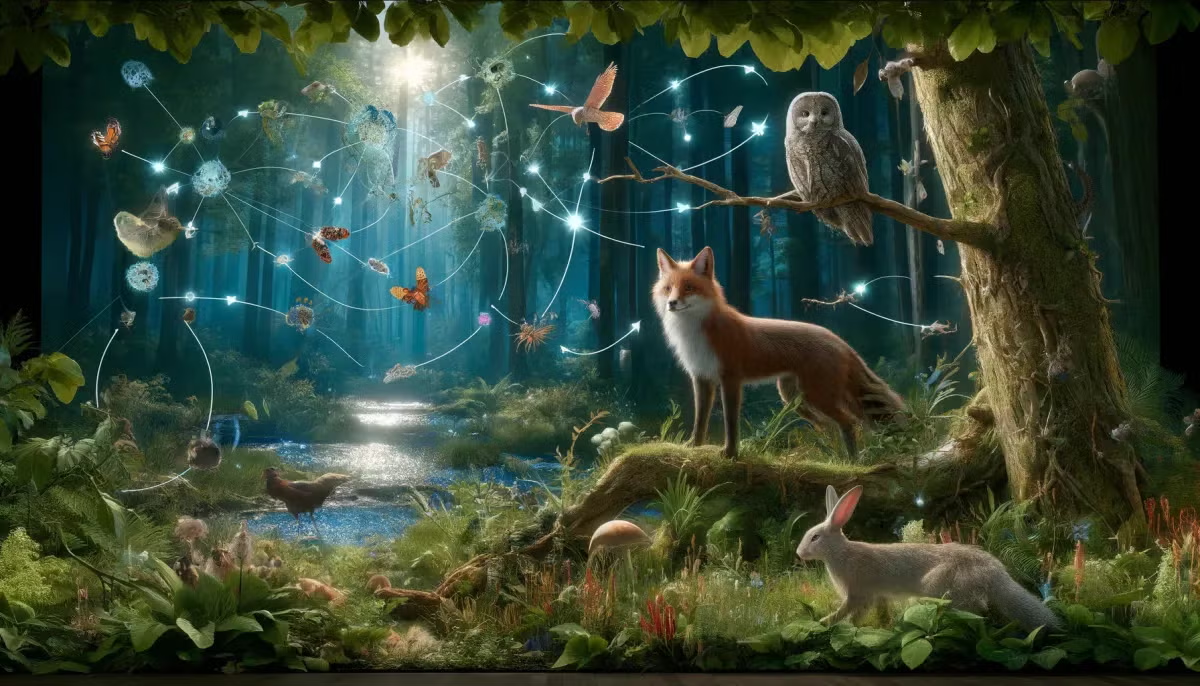





Students use a 2-D physics sandbox, called Algodoo, to simulate the factors that might affect the period of a circular orbit of a planet about a star. Students develop Kepler's 3rd Law conceptually by

This project sets students up to explore animal anatomy and physiology with the idea of replacing a lost appendage (beak, leg, tail, fin, etc.) This is used in small groups of 2 or 3 over the course
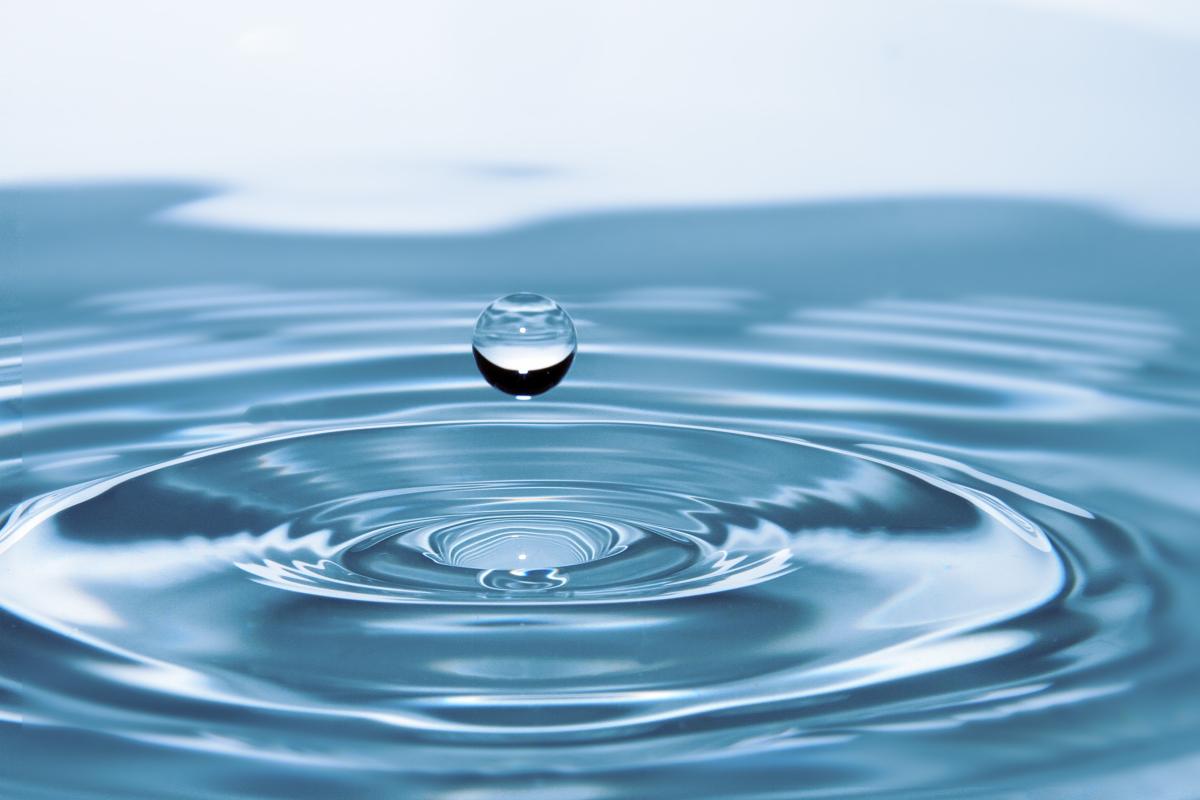
Splash of Science
Students measure the temperature of water as it cools to learn about heat transfer and thermal properties while using line of best fit, linear regressions and/or quadratic regressions.

Water Troughs on the Rez is a lesson plan to help students understand the mathematical perspective of everyday items around our homes on the reservation. Students are to share different types of water

This lesson is designed to review key biology concepts with 9-10th grade students using hands-on activities with LEGO bricks. I usually implement this a week before our Final exams. Students will
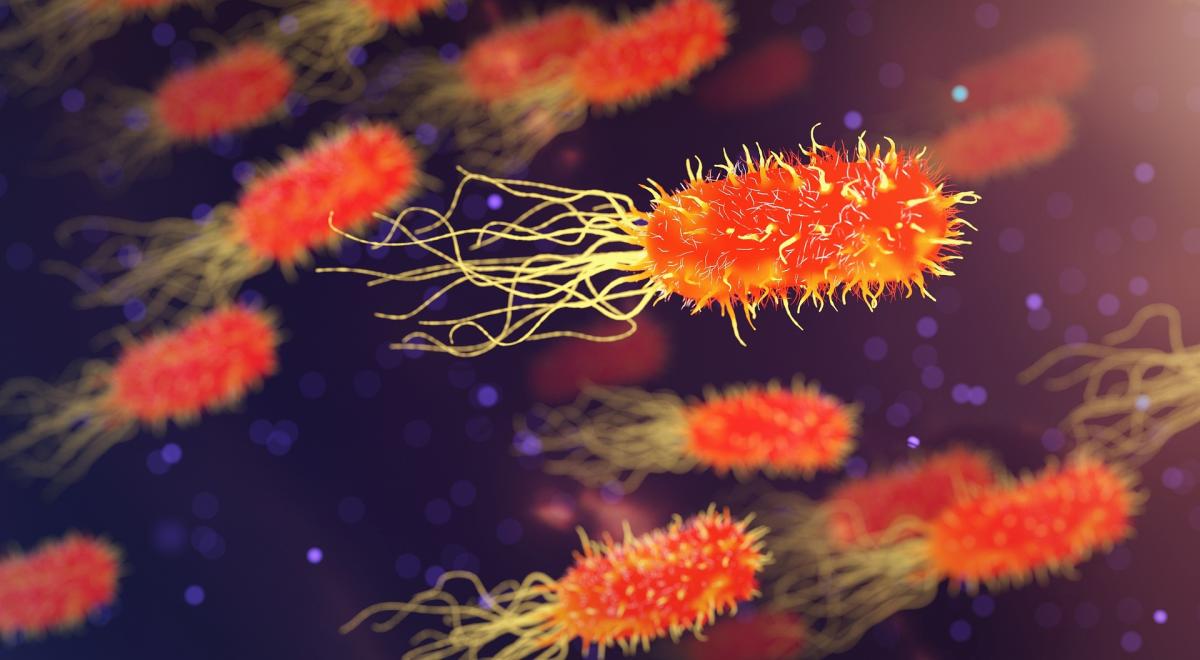
This lesson introduces the students to what are antibiotics, how they work, and why they are important. At the same time, it also talks about how an organism becomes antibiotic resistant. The students
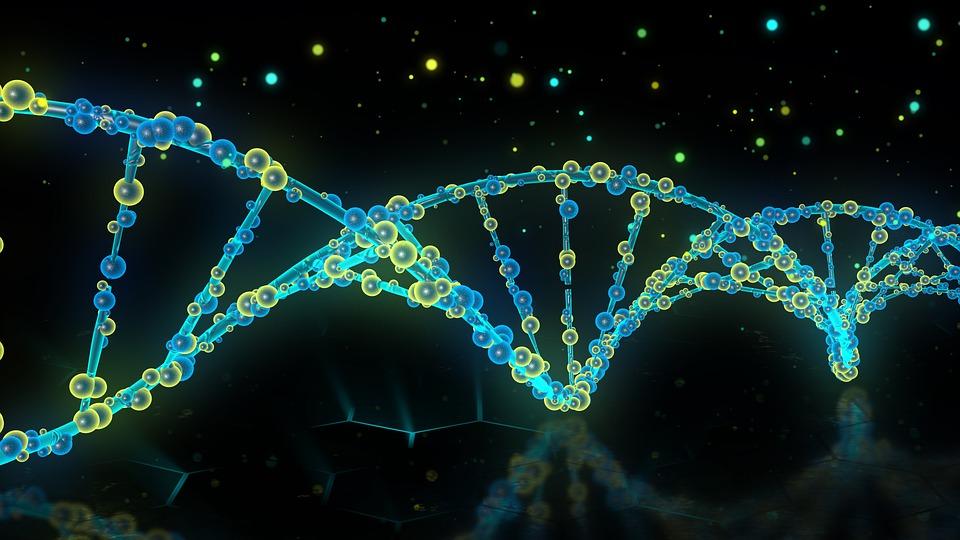
The lesson targets high school students. It aims to impart a solid understanding of genetics and probability through hands-on activities featuring Wisconsin Fast Plants. Covering an introduction to

This lesson is an activity to show how projectile motion and many other motions in nature fallow a parabolic curve. Students will manipulate that knowledge and analyze data using small play tanks to

DNA, or Deoxyribonucleic Acid, is the molecule of life. DNA exists in every single organism, from the smallest bacteria to the largest mammal, and is the only known molecule that has the ability to


